For a lot of us, that slow-fade into New England’s long, dark, biting winter is tougher than the winter conditions themselves. One day you were waking up to a warm breeze sneaking in through a screened window and caressing your toes. Or the tree outside your room exploding with shades of bright orange, like the mane of a Troll doll. Now, the sun goes down before 4:30pm, those breaths of air making their way through your windows (which you’ve been meaning to cover in cling-wrap) aren’t so warm anymore, and it’s much harder to persuade your friends to meet for an evening walk, a show, or dinner someplace where they still bring each table a complimentary bread basket.
It’s no wonder that many of us feel a wave of grief, depression, and/or anxiety around this time of the year—even though we know these seasonal hardships will eventually yield winter beauty, a new year, and in a few months’ time, spring. Because we have lost something elemental. We’ve lost the ability to be outside and move around with relative ease. And as much as I like to lean into New England’s culture of deranged meteorological masochism—the idea that within every blizzard or hurricane, there’s something sublime to be appreciated—the truth is that I’ve also been feeling the pre-winter angst lately. Even though there’s a lot in the immediate future that I’m excited about (ex: learning how to properly go winter camping in January), I’ve felt like half of myself these last two weeks. And what I’ve learned from prior early winters is that a reliable tonic for this malaise is going on a good, old, elegiac Stick Season ramble.
We’ve touched on the beauty of Stick Season in this newsletter before. But this year, I wanted to crank things up a notch and seek out a new hike that offered more than just eerie funereal vibes. I wanted the literal centerpiece of this hike to be something that evoked a sense of melancholy, to better reflect what’s internal for so many of us right now. And whenever I’m seeking something weird like this, I invariably return to Little Rhody: a state whose heritage cuisine include cheese-less pizza strips, and whose highest point was once occupied by shotgun-wielding curmudgeon who delighted in scaring hikers away. I knew that within the vast woods of the Ocean State, I could find something tangible that would properly mirror the gloominess of our current moment.
What I found was more ghostly and historically significant than I could have guessed.
As some of you may have discovered on your own, the hills and hollows of southern New England are scattered with memorials to individuals who died in the so-called King Philip’s War. I say “so-called” because “King Philip” was the name that colonials gave to the Wampanoag sachem Metacom, who led a year-long rebellion against the colonies in 1675. Both sides suffered more than 2,000 casualties each, and over half of the towns in New England found themselves in the middle of the conflict. In early 1676, a company of soldiers in the forest between Pawtucket and Blackstone ran into the allied Wampanoag, Narragansett, and Nipmuc warriors who, at that point, had gained the upper hand in the conflict. The nine colonists who survived the skirmish were taken to a wooded height of land in what’s now Cumberland. I will spare you the description of how they were slowly and agonizingly put to death, but we do have to acknowledge this because once the war ended, whispers of what happened to those men had spread far enough to inspire the creation of a memorial site in the forest.
The memorial to the soldiers who met a nightmarish end in present-day Cumberland resembles a big pile of stones, not unlike the stacked rocks that many of America’s Indigenous peoples left behind to commemorate the departed, or events worthy of remembrance. It’s known as the Nine Men’s Misery site, and according to several historians, it remains the oldest standing war memorial in the entire United States!
And yet, you’d never know it because there’s no grand entrance to the woods that hints at the presence of such an old war memorial. Today, the forest where those nine men experienced profound misery is abutted by the Cumberland Senior Center and the preserved remains of a former Cistercian monastery. The monks took up residence here in the early 1900s after their prior monastery in Nova Scotia was destroyed by a fire. They lived off the land in solitary fashion, growing crops and cutting stone from the quarries in the woods, until another fire damaged their dwellings and prompted a hasty relocation to the town of Spencer, Massachusetts—at which point Cumberland stepped in and acquired the land, where the local senior center would be built. When I arrived at the monastery grounds for my hike, I spent a solid 15 minutes figuring out how to get into the woods, as several landscapers laid out bailed Christmas trees to be installed on the senior center’s main lawn. After pacing around the property, I finally found a battered kiosk at the edge of the woodlands,with a map of the trail system. But even here, there was no mention of the Nine Men’s Misery site within the forest.
It only took a few minutes of walking through these woods for me to realize that most November visitors probably don’t come here to hunt down the ancient war memorial. I assume they come for the austere beauty of the creaking arbors and open spaces. I was particularly smitten with an expansive wild field where a couple of lonely trees loomed over the unkempt grasses. The isolation of the trees allowed me to better admire their crooked forms, and as I kept hiking alongside the field, I started to see big deposits of steely water among the grasses. Step by step, the field transformed into a full-blown wetland that looked like it could have easily swallowed a garrison of colonial soldiers, had it been this soggy in the 17th Century. As a New Englander, I’ve wandered through many fields contemplating life and death. But this one is special.
Another piece of agrarian antiquity is nestled in the woods northwest of this field. The shallow quarries from which the monks carved their stone are now covered with fallen leaves, but you can still see the abandoned blocks of stone that never found their way into the side of a building. The helpfully-named Monk’s Quarry Trail follows a rampart-like height of land through the trees before descending to the mouth of a quarry that’s chock full of rock segments. Judging from the high quantity of stone blocks here, it looked as though the monks had fled the area in a great hurry—a “leave all that can be spared behind!” kind of evacuation. But based on what I’ve read, it was worth it, as the monks’ relocation to Spencer, MA went well and their peers are still kicking and doing their thing at Saint Joseph’s Abbey. (Remember Spencer Beer? That was the monks!)
Still, even as I savored these enchanting sites, there was a sense of foreboding inevitability. Sooner or later, I was going to find the Nine Men’s Misery memorial. As the trail markings on the trees changed from yellow to blood red, I knew I had to be close. But even the final turnoff to the war memorial (which is located at the top of a small wooded hill) bears no sign confirming what you’re about to see. And as I arrived at the top of the hill, it wasn’t the mound of stones that caught my attention. It was the solitary man standing beside it. He looked to be in his mid 50s, with a vice principal mustache and a lamb wool-lined bomber jacket that had seen a couple of winters. In a random burst of extroversion, I asked him if this was his first time visiting the Nine Men’s Misery memorial. “Oh no,” he replied, pausing for a moment and then adding, “I come up here from time to time. Just to take it all in, you know?” I nodded. I knew.
I could try to describe the thoughts that refracted through my head as we stood there beside the memorial—thoughts that involve the devastation of war, what happened to indigenous peoples, and how we perceive conflicts that were fought before our great grandparents had taken on fetal form. But you don’t hike to a place like Nine Men’s Misery to learn a lesson. You go to sit with the ambiguity of it all: the amorphous misery that afflicts us, manifesting in so many forms and feelings. You might find meaning in doing this, or it could leave you feeling even more leaden. During bleak times, some of us find catharsis in modalities like comedies and comfort food, while others prefer to avail themselves of more bitter tonics. The hike to Nine Men’s Misery belongs to that second genre. It might not be for you (or right for you at this moment), but for someone….at least three of you, I’d imagine….it’s the hike you need right now.
NINE MEN’S MISERY
Hike distance: 3.1 miles loop
Elevation gain: 200 feet
CLICK HERE for an AllTrails trail map
CLICK HERE for a basic trail map
Speaking of finding meaning in dark places, I’m pleased to spread the news that we have a new, soon-to-be-classic addition to the special genre of Sad Bastard Holiday Movies. On the recommendations of family and friends, I saw Alexander Payne’s The Holdovers. It’s the kind of setup that should already instill confidence—Paul Giamatti as an ornery history teacher at a New England prep school in the 1970s, tasked with babysitting the boys who have nowhere to go for the winter holidays. But I was totally caught off guard by how charming and empathetic this movie is, on top of being deliciously funny in all the ways you would expect. The characters are fully-realized human beings with their own vulnerabilities and resiliencies that we get to discover, scene by scene, and that’s something that feels fleeting at multiplexes these days. (Da’Vine Joy Randolph is outstanding as the school cook, whose son was killed in the Vietnam War.) Also, the movie is shot on 35mm film and it has the look of something that was unearthed from a mid-70s time capsule. I wonder what that says about the current moment that we’re in: that a movie this spiritually nourishing is now retro.
I adored The Holdovers. I wish I could bottle this movie, tuck it away somewhere, and haul it out with a few glasses on special occasions. Do yourself a favor and go see it.
One of the most common questions I get from beginner New England hikers is what kind of mega fauna they should be worried about. And since I always say that wolves are something you needn’t be concerned with in these parts (because local farmers eradicated them in centuries past), I now have a footnote to add to this. In the unlikely event that any of you are planning on visiting Yellowknife soon, you should take note of recent reports on a pack of wolves that are allegedly displaying stalking behavior: especially when dogs are involved. Wolves can be more reactive and aggressive toward dogs than humans. So again, IF you are planning to visit Canada’s Northwest Territories soon and you’re planning on going for a hike around Yellowknife, consider making your hike canine-free. Unless you want to end up like Abe “Grandpa” Simpson.



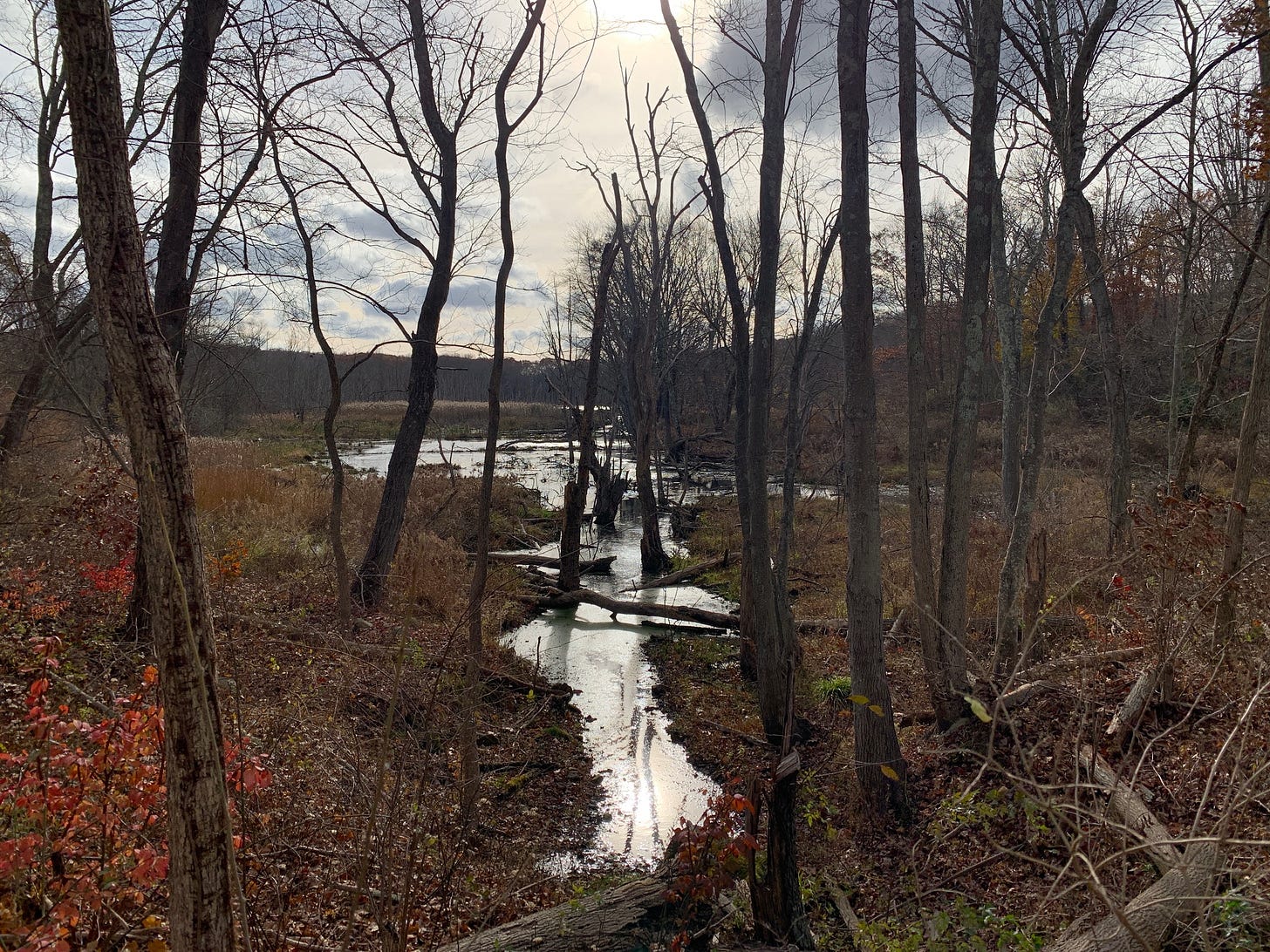
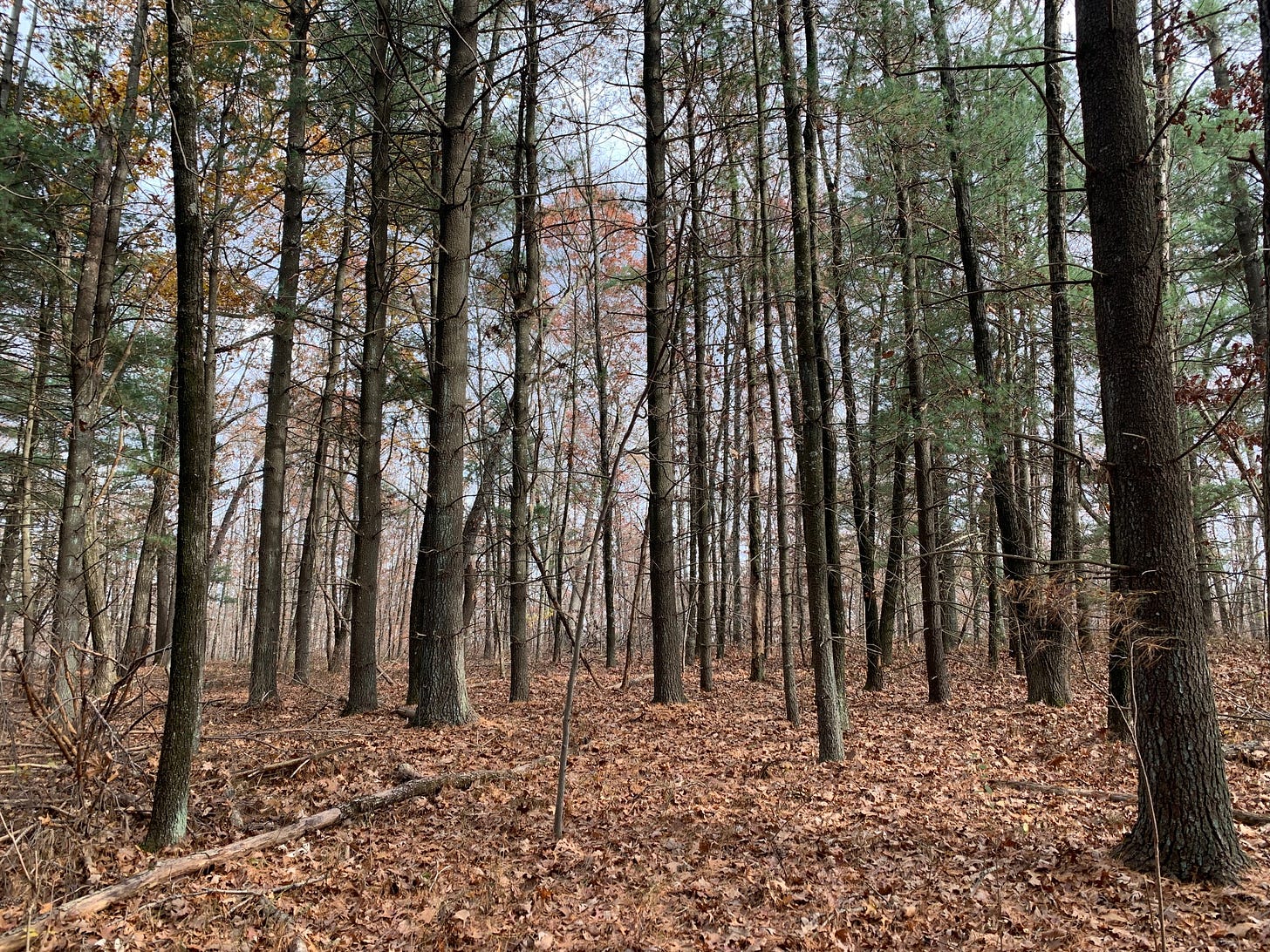
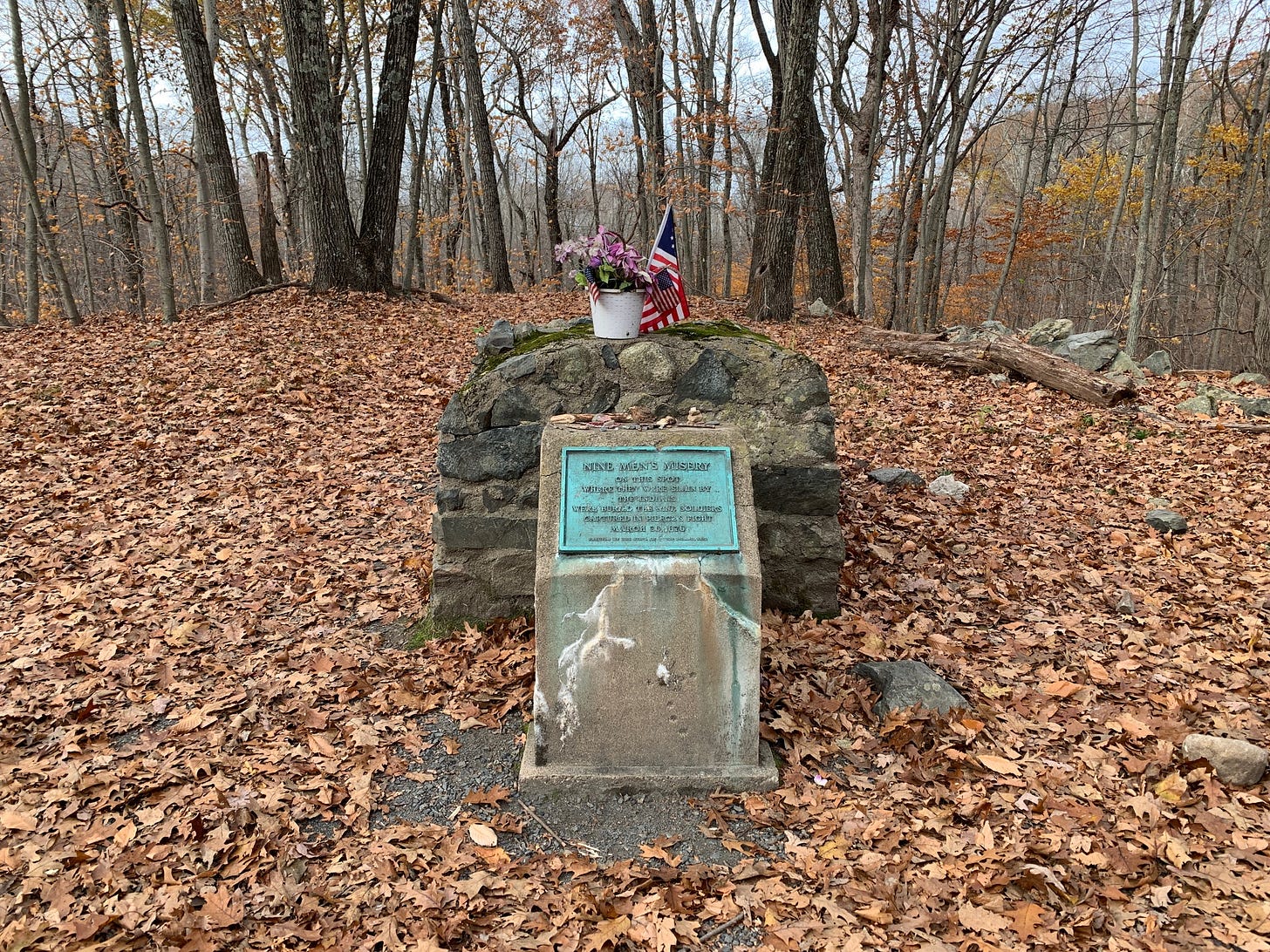
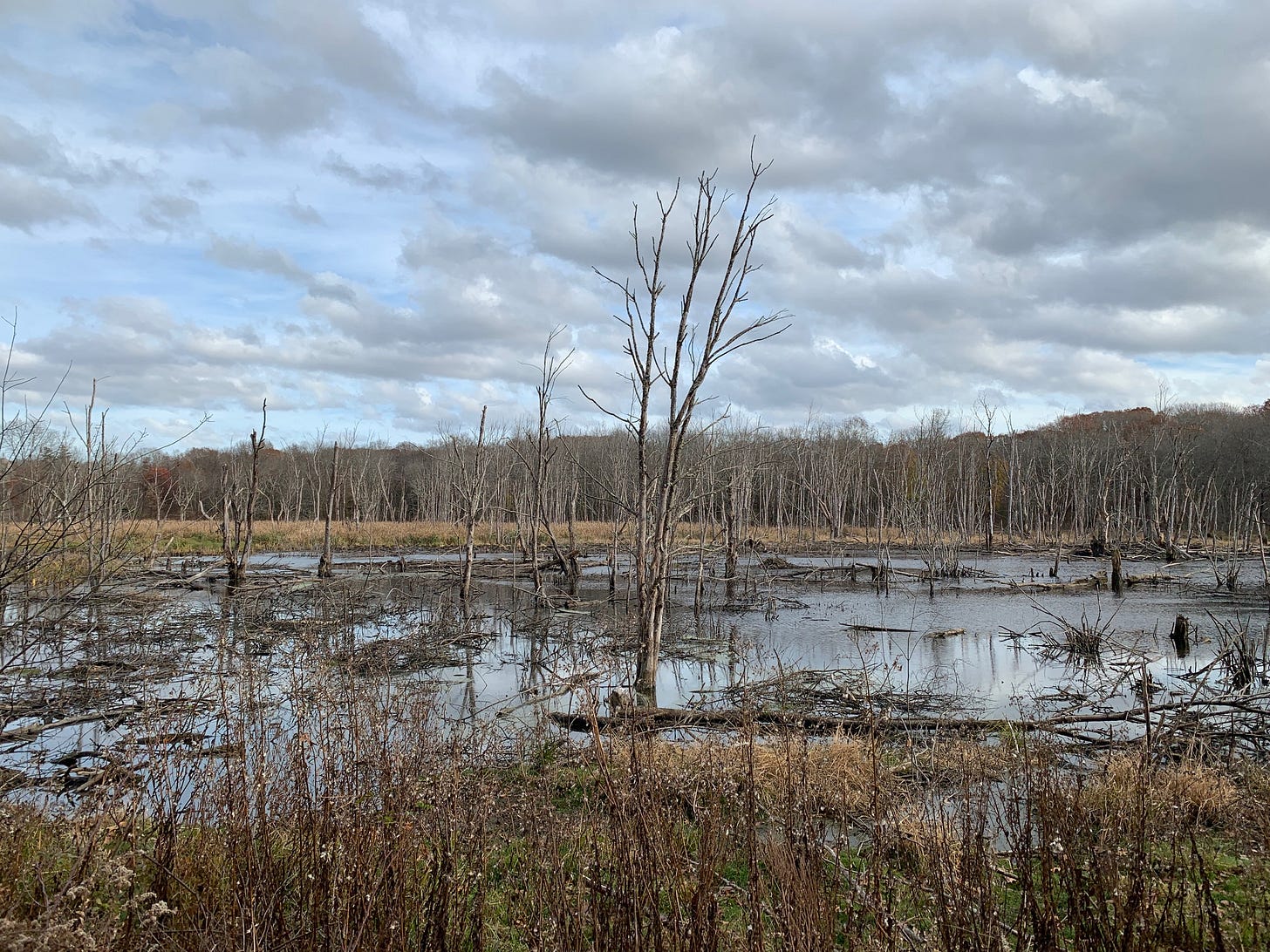

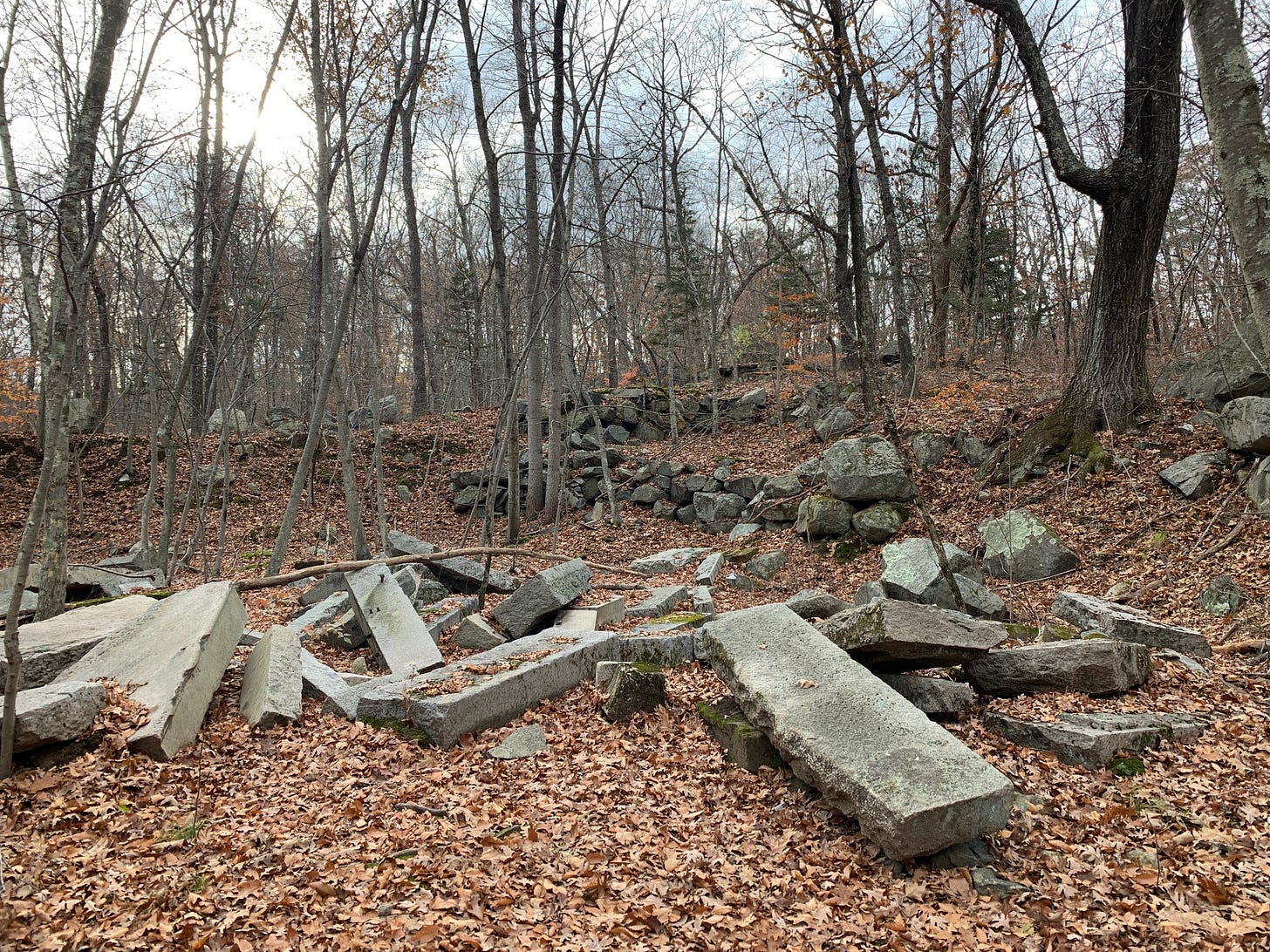
Beautifully written...so evocative.